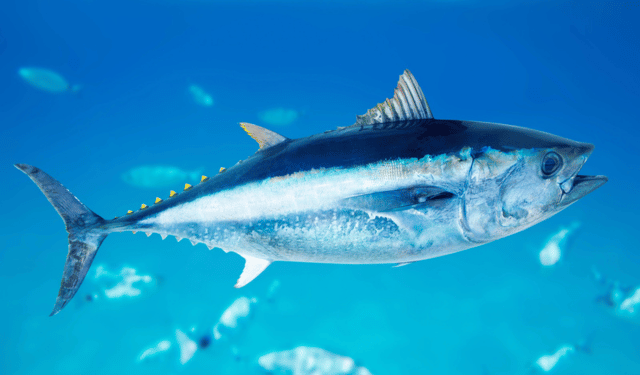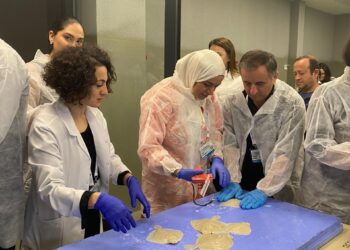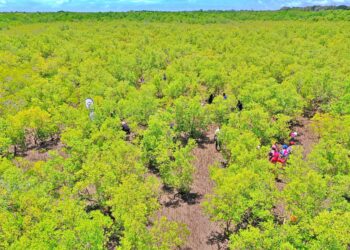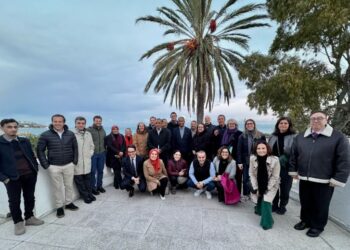Study reveals tuna abundance outside MPAs – Marine protected areas (MPAs) have long been considered key tools for the conservation of marine ecosystems, providing safe havens where species can thrive away from the pressures of industrial fishing. However, the effect of these protected areas on fish populations in the surrounding areas has been the subject of debate among experts in the field. A recent study published in the journal Science has brought new light to this issue, highlighting how MPAs can positively influence tuna catches in adjacent areas.
The research analysed the activities of purse seiners in the waters surrounding large MPAs and found that tuna catches per unit effort were 12-18% higher within 100 nautical miles (about 185 kilometres) of MPA boundaries, compared to areas without protection. This phenomenon, known as ‘spillover’, suggests that tuna populations within MPAs can help to replenish neighbouring areas, providing both ecological and economic benefits.
John Lynham, a marine economist at the University of Hawaii at Mānoa and co-author of the study, emphasised the importance of these findings in the context of fisheries management policies. Lynham believes the evidence gathered can support the establishment of large MPAs in the high seas as well, in line with international goals such as the 2023 High Seas Treaty and the 2022 ‘30×30’ agreement, which aims to protect 30 per cent of the oceans by 2030.
Despite these encouraging results, some scientists remain cautious about the effectiveness of MPAs as a fisheries management tool. The complexity of marine ecosystems and the mobility of highly migratory species such as tuna require multi-faceted conservation strategies. However, the study offers a positive perspective on the role of MPAs in promoting the sustainability of fishery resources.
entegraps.com
In conclusion, emerging evidence suggests that marine protected areas not only safeguard biodiversity within their boundaries, but can also enhance fishing activities in surrounding areas through the spillover effect. This provides a significant incentive for fishing communities and policymakers to support the expansion of MPAs as an integral part of sustainable ocean management strategies.
Study reveals abundance of tuna outside MPAs







